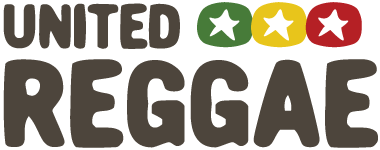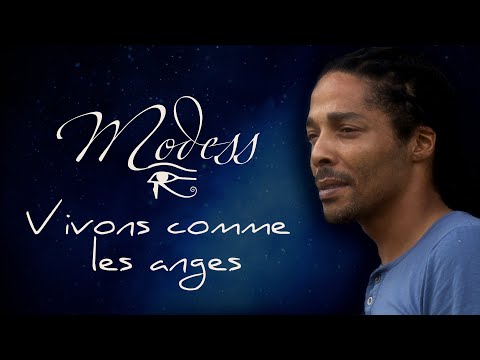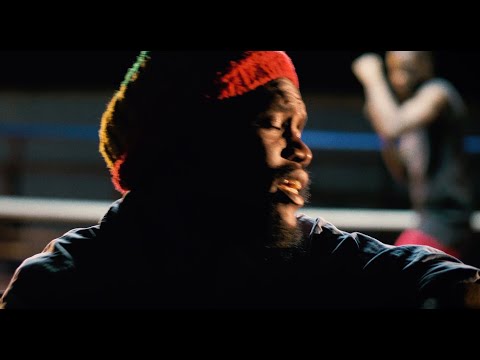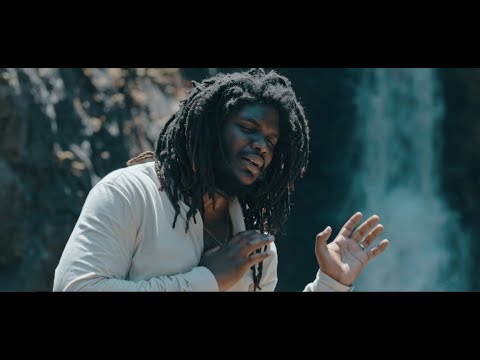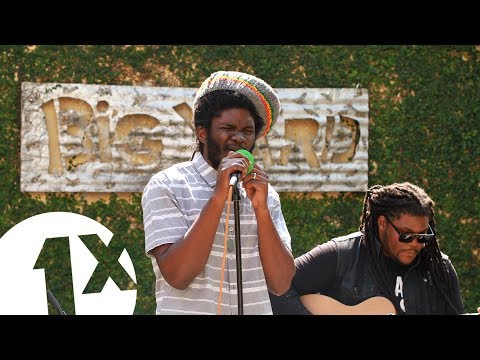Articles about reggae music, reviews, interviews, reports and more...
Interview: Beth Lesser
- Home
- Articles
- Interviews
- Interview: Beth Lesser

Interview: Beth Lesser
"I saw reggae as vibrant and pure. There is probably no other genre that is so detailed, open to new influences and musical experimentation"
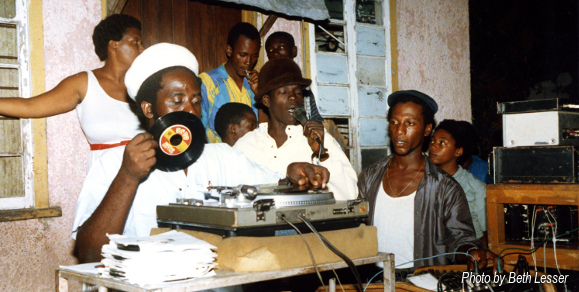
Beth Lesser provides reggae history
Across all industries and fields there are people who work in the background, but still play a very important role. It can be a songwriter or functionaries at a marathon. People we are in great need of, but that are rarely seen or get the appreciation they deserve.
Reggae journalist and photographer Beth Lesser is one such. She has been a vital part of the international reggae scene since the late 70's when she became interested in Jamaican music.
“I started listening to reggae after punk had died in the late 70’s. I liked the aggressiveness in punk, its grassroots feel and spontaneity. But the music lost all that and went bitter and introverted,” says Beth Lesser.
She began to seek out new music, music that you could have fun to. And that’s when reggae came into her life.
“It was through punk and the English two-tone scene that I came in contact with reggae. Also, I had anarchist friends who loved Bob Marley and The Harder They Come soundtrack. I saw reggae as vibrant and pure. There is probably no other genre that is so detailed, open to new influences and musical experimentation,” she says.
Started Reggae Quarterly
Through her anarchist friends she met Jamaican reggae musician Ernie Smith, a rendezvous that further increased her interest in reggae. As a result, she and her husband David Kingston took the initiative to start the cult magazine Reggae Quarterly in 1981.
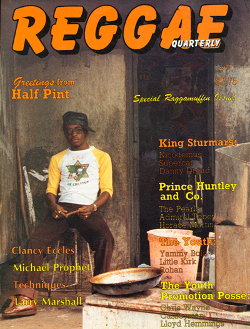 The magazine was and still is - if you manage to get your hands of a copy - much appreciated, particularly because it included interviews and photographs of many legendary artists and musicians.
The magazine was and still is - if you manage to get your hands of a copy - much appreciated, particularly because it included interviews and photographs of many legendary artists and musicians.
“My husband and I went to Jamaica in search of Augustus Pablo. Our original idea was to make a magazine about his Rockers International operations.”
Augustus Pablo turned out to be a humble person and very willing to talk about his music and activities. But he did not think the pair would be confined writing only on Rockers International. Instead, he invited them to dances and various studios where they were given unique opportunities to meet many of Jamaica’s stars of the time.
“My best memory is when we went with Augustus Pablo to King Tubby’s Studio. It was on our first trip to Jamaica, and to see King Tubby in work is all a reggae fan can dream of.”
An unbiased view
In addition to Reggae Quarterly, she has published two books - King Jammy’s and Dancehall: The Story of Jamaican Dancehall Culture. She has also just put a book on her longtime friend – the late and great Sugar Minott. The Legend of Sugar Minott & Youth Promotion is a vivid portrait of this acclaimed singer and has rendered great interest.
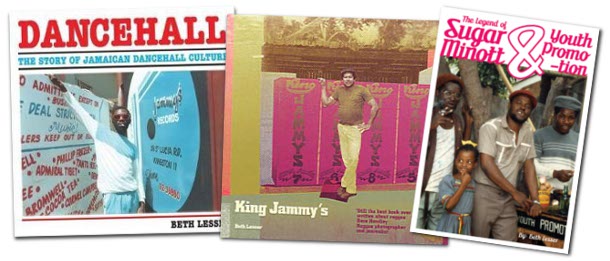
King Jammy’s is, as the title indicates, a deep exploration of one of Jamaica's top producers. The Story of Jamaican Dancehall Culture is wider and describes reggae - especially dancehall – in an easy and free way. The book is spiced with fantastic artwork and personal experiences from 80’s Kingston.
“What inspired me to write Dancehall: The Story of Jamaican Dancehall Culture was that the information and facts available on the Internet provided a biased and unrealistic view of history. For example, the artists with computer knowledge have had the opportunity to highlight their own role in the music, while others have been forgotten,” she says and continues:
“At the same time, such a great part of dancehall music was created live rather than on disc. Many of the artists who were not recording have not been given any space at all in history. For example, Brigi [Brigadier Jerry] and Charlie Chaplin were influenced by Canada's Screecha Nice.”
Several talented women
Beth Lesser says she is part of the old reggae generation and does not keep track of current reggae artists.
“I like parts of contemporary reggae, but I prefer the deejay style that rides the riddim, rather than forcing it. I also prefer live drums, especially Santa Davis. He would make any riddim magic just by improvising. However, I am glad to finally see so many talented women. I love Lady Saw and Queen Ifrica,” she concludes.
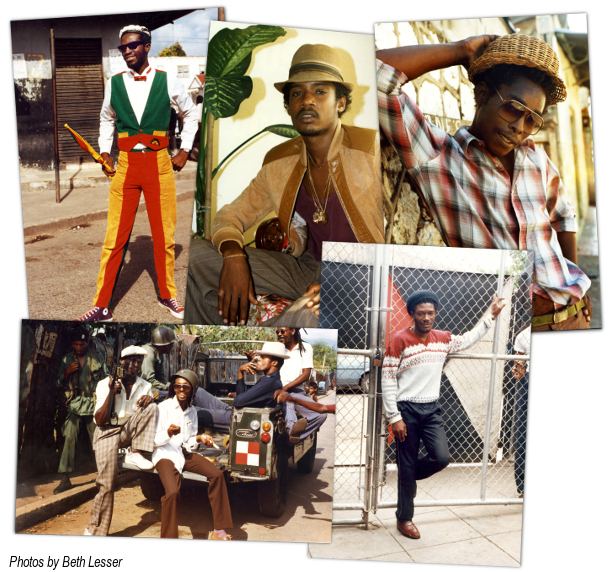
A few fast ones to Beth Lesser
Favourite artist?
I have many - Barrington Levy is one, Sugar Minott of course and U Roy are some of my favorites.
Best reggae song?
Dance Pon The Corner by Jah Thomas.
Best reggae years?
1980, or perhaps 1979 to 1981. They knew how to use percussion.
Best reggae producer?
Junjo and Jah Life - their early works. George Phang has also had some classics and Jammy has been successful ever since the 70’s.
Visit Beth Lesser website for more about her work and photos.
Read more about this topic
Comments actually desactivated due to too much spams
Browse by categories
Recommended Articles
Latest articles
Recently addedView all
© 2007-2025 United Reggae. All Rights Reserved. Reproduction in whole or in part is prohibited. Read about copyright
Terms of use | About us | Contact us | Authors | Newsletter | A-Z
